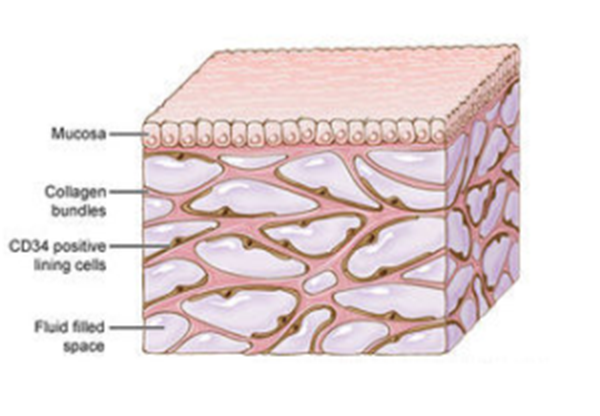New organ discovered in the human body; better for cancer diagnostics

Scientists have recently discovered a new organ which helps move fluids throughout the body.
April 20, 2018
Anatomy books might be getting an update as scientists have believed to have discovered a new organ. Scientists also believe that the new organ, the interstitium, is the largest organ in the body, replacing the skin.
The interstitium is located under the skin and contains fluid-filled structures. These then act as shock absorbers for vital tissues. This new organ is almost everywhere in the human body including under the skin, surrounding arteries, lining the digestive tracts, lungs and urinary systems.
“The organ has seemingly been hidden in plain sight, and scientists say they missed it because of the way tissue is studied,” said Sarah Gibbens of National Geographic. “Before being placed under a microscope, samples are thinly sliced and treated with chemicals that allow researchers to identify key components more easily. While the process is helpful for more easily spotting details, it drains fluid from the sample.”
The purpose of the interstitium is a source of lymph which is a type of fluid that filters through the lymphatic system and helps stabilize immunity. Having found this new organ it can help scientists study cancer research better because when cancer cells break away from a tumor, they can travel through the bloodstream or the lymph system. This new organ may now act as a diagnostic tool for finding and better diagnosing cancer in earlier stages.
“This discovery is extremely exciting because we’ve defined novel microanatomy and have laid the groundwork for how this may begin to explain cancer spread, inflammation and scarring of connective tissue,” said assistant professor at the Donald and Barbara Zucker School of Medicine, Dr. Petros Constantinos Benias. “This discovery will open up new research pathways for inflammation and cancer progression. We are optimistic that with what we learned, we’ll soon be able to study and target the interstitial space for diagnosis of disease and perhaps for novel personalized treatments.”








